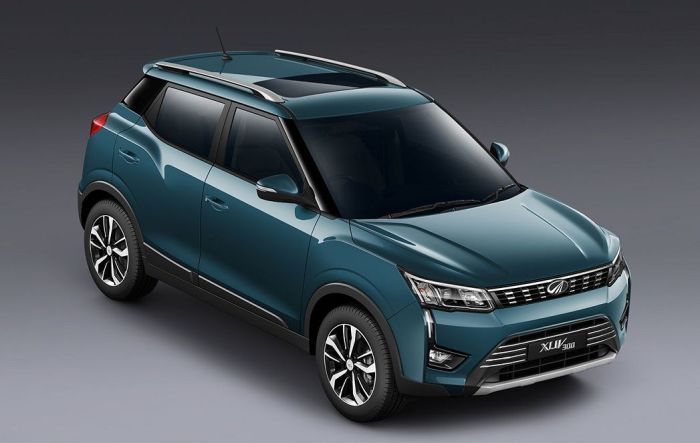All New Car Prices in India 2017
All-New Car Prices in India 2017: A Comprehensive Overview: All New Car Price In India 2017

Source: carblogindia.com
All new car price in india 2017 – The Indian automotive market in 2017 showcased a diverse range of vehicles, catering to various budgets and preferences. This analysis delves into the pricing landscape of that year, examining factors influencing car costs and providing a comparative overview across different segments and manufacturers.
Price Range Analysis for 2017 Cars in India
The Indian car market in 2017 offered a wide spectrum of vehicles, segmented by body type and price. Hatchbacks represented the entry-level segment, while SUVs commanded the higher end. Sedans occupied the middle ground, with variations based on size, features, and engine capacity.
| Segment | Minimum Price (INR) | Maximum Price (INR) | Average Price (INR) |
|---|---|---|---|
| Hatchbacks | 300,000 | 1,000,000 | 650,000 |
| Sedans | 500,000 | 2,500,000 | 1,200,000 |
| SUVs | 800,000 | 5,000,000+ | 2,000,000 |
Examples include Maruti Suzuki Alto (hatchback, lower price range), Hyundai Verna (sedan, mid-range), and Mahindra XUV500 (SUV, higher price range). Price variations within each segment were influenced by factors such as engine size (petrol vs. diesel), features (safety tech, infotainment), and brand reputation.
Impact of Taxes and Duties on Car Prices
Several taxes and duties significantly impacted the final price of a new car in India during 2017. These included excise duty, Goods and Services Tax (GST), and road tax, varying by state.
| Tax/Duty | Percentage Contribution (Hypothetical Car) |
|---|---|
| Excise Duty | 25% |
| GST | 18% |
| Road Tax (State-dependent) | 10% |
| Other Levies | 5% |
Changes in tax policies directly influenced car affordability. For example, a reduction in excise duty would lead to lower prices, making cars more accessible.
Comparison of Car Prices Across Manufacturers

Source: cars24.com
Major car manufacturers in India employed diverse pricing strategies in
2017. The following points highlight some key differences:
- Maruti Suzuki: Focused on offering budget-friendly options, particularly in the hatchback and compact sedan segments.
- Hyundai: Offered a wider range of vehicles across segments, with competitive pricing and a focus on features.
- Mahindra & Mahindra: Primarily focused on SUVs and utility vehicles, often at a higher price point due to their robust build and features.
- Tata Motors: Offered vehicles across segments, with a focus on value for money and increasing emphasis on safety features.
Price discrepancies between similar models from different manufacturers stemmed from brand reputation, perceived quality, feature sets, and manufacturing costs.
Influence of Fuel Efficiency on Price

Source: sagmart.com
Fuel efficiency (mileage) played a role in the pricing of new cars in 2017. While not always a direct correlation, cars with higher fuel efficiency often commanded slightly higher prices due to the incorporation of advanced engine technology.
For instance, a diesel variant of a hatchback might be slightly more expensive than its petrol counterpart due to better fuel efficiency, but the overall price difference is not always significant. Over a five-year period, however, the cumulative fuel savings from a more fuel-efficient vehicle could offset the initial higher purchase price.
Illustrative Example: Maruti Suzuki Baleno, All new car price in india 2017
The Maruti Suzuki Baleno, launched in 2017, was a popular premium hatchback. It featured a sleek design, emphasizing aerodynamic efficiency. The interior offered comfortable seating and advanced infotainment features, including a touchscreen display and smartphone connectivity. The car’s price at launch ranged from approximately INR 600,000 to INR 900,000, depending on the variant and features.
Factors Affecting Affordability
Several factors influenced the affordability of new cars for Indian consumers in 2017. These included purchasing power, interest rates on auto loans, and government incentives.
| Factor | Description |
|---|---|
| Income Levels | Higher disposable incomes increased affordability. |
| Interest Rates | Lower interest rates on auto loans made car ownership more accessible. |
| Government Incentives | Specific schemes or tax benefits could have influenced affordability. |
| Fuel Prices | Fluctuations in fuel prices impacted running costs. |
Government initiatives such as subsidies on electric or hybrid vehicles could further enhance car affordability.
Q&A
What were the most popular car segments in India in 2017?
Hatchbacks, sedans, and SUVs were the most popular segments in 2017, reflecting diverse consumer needs and preferences.
How did the Indian government’s tax policies affect car prices in 2017?
Excise duty, GST, and road tax significantly influenced the final price of vehicles. Changes in these policies directly impacted affordability.
Were there any significant price differences between similarly sized cars from different manufacturers?
Yes, price discrepancies often arose due to differences in brand reputation, features, and manufacturing costs.
What role did fuel efficiency play in determining car prices?
Analyzing all new car prices in India from 2017 reveals a diverse market. Factors like model year and brand significantly impacted pricing. For instance, understanding the pricing landscape includes looking at specific models like the 2018 Toyota Corolla LE auto new car price , which offers a valuable data point for comparison. This helps to contextualize the broader trends in the Indian new car market during that period.
Higher fuel efficiency generally correlated with slightly higher prices, but the overall cost of ownership over time could be lower due to reduced fuel expenses.





















